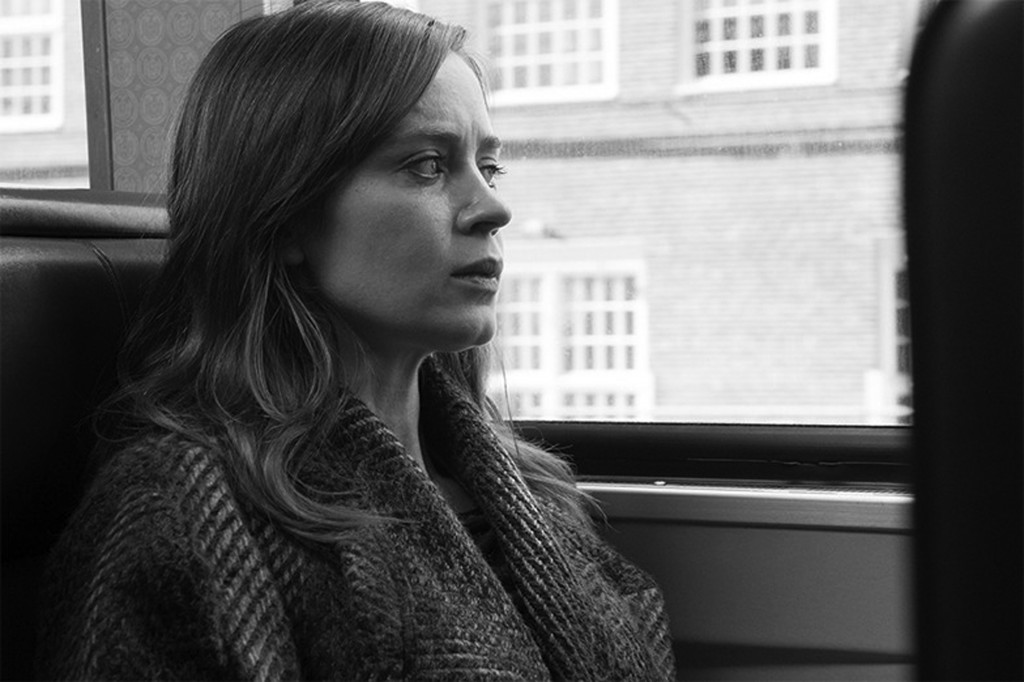I believe there is a lot to be desired when a novel is adapted for the big screen. Sometimes an adaptation of a book can work, such as in the cases of “Stardust” and “Gone Girl.” Sometimes it does not work, like in the cases of “Fifty Shades of Grey” and the “Divergent” series. When Paula Hawkins released “The Girl on the Train” in Jan. 2015, it took the literary world by storm, selling 11 million copies worldwide. The rights to a potential film version were even in the works before Hawkins had finished writing the book. So how does “TGOTT” fare in today’s age of cinema?
We open with Rachel, a divorced alcoholic prone to blackouts, living in New York with roommate Cathy (Laura Prepon) who takes the train to her work in human resources. In the novel Rachel is overweight and seemingly plain, but in this adaptation she is portrayed by the lovely English actress Emily Blunt. While on the train, Rachel fills her time with hobbies, mainly sketching in her notebook and taking swigs of vodka hidden in her Thermos. The train route passes by the house Rachel used to live in with her now ex-husband, portrayed by Jennifer Aniston’s real-life husband Justin Theroux. Her ex-husband Tom is now married to his mistress Anna, played by Rebecca Hall, who has a child with him. Rachel’s obsession with staring at her former residence migrates two doors down to the neighbors she never knew, a husband and wife portrayed by Luke Evans (who you see…uhhh…quite a “lot” of, if you catch my drift) and Haley Bennett. She gives them fictional names and fantasizes about them daily to quell her darkened desolation. Rachel’s obsession makes it difficult for her to be taken seriously when Megan Hipwell, the woman she saw from the train, disappears. Unable to recall exactly what happened when in a drunken stupor she tried to confront Megan on the night of her disappearance, she finds herself increasingly distressed as she tries to piece together the elements of her life and that night. Before you know it, she is being questioned by Detective Sgt. Riley, portrayed with an icy hardness by Allison Janney. Was it free will or foul play? Could Rachel be an unknowing witness? Or is she the perpetrator? She may be extremely dangerous…if she actually committed the atrocities she thinks she did. But most of the time she is too sloshed to take any action besides looking out the window.
Directed by Tate Taylor (“The Help”), “TGOTT” is not quite your standard mystery movie. Often compared to David Fincher’s spellbinding 2014 blockbuster “Gone Girl,” “TGOTT” handles things a bit differently. The constant comparisons to “Gone Girl” annoy me, as “TGOTT” is its own entity. Rachel is unique in that she has blackouts from her drinking that deter her memory, which keeps you invested in putting the puzzle together. Blunt wanted to be chillingly realistic in her depiction of Rachel, so she actually attended Alcoholics Anonymous meetings to get a feel of what life is really like for alcoholics. It is not every day you would see a bundled-up Emily Blunt, makeup-free, sitting on a bench with a sippy-cup Thermos and a look of confusion. Her performance is positively spellbinding; she could almost be a Hitchcock protagonist. It is her journey, and the audience follows her along the way. (Be on the lookout for a surprise appearance by an aged Lisa Kudrow.) The three female leads, Rachel, Megan and Anna, are slightly darker and bleaker versions of the typical “three faces of Eve” motif: Rachel is the child, Anna the wife and Megan the seductress. For Megan and Anna in particular, Hayley Bennett and Rebecca Hall also give standout performances that will rise them to A-List, as Amy Dunne in “Gone Girl” did for Rosamund Pike. The twist in the film may be obvious to most, but in the end, I still believe this is a film worth watching.

